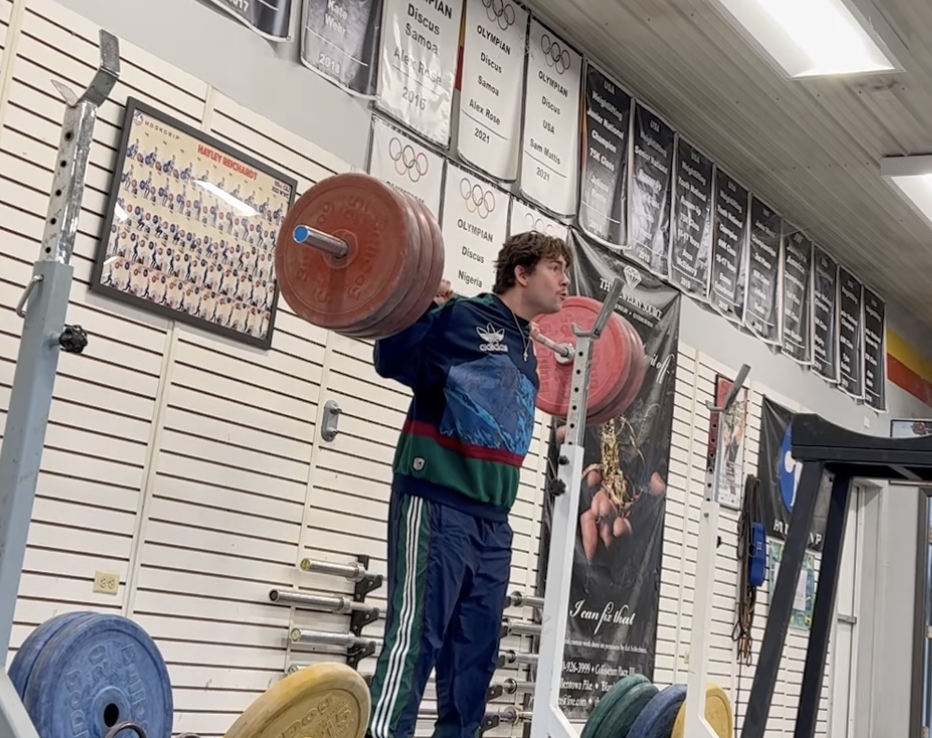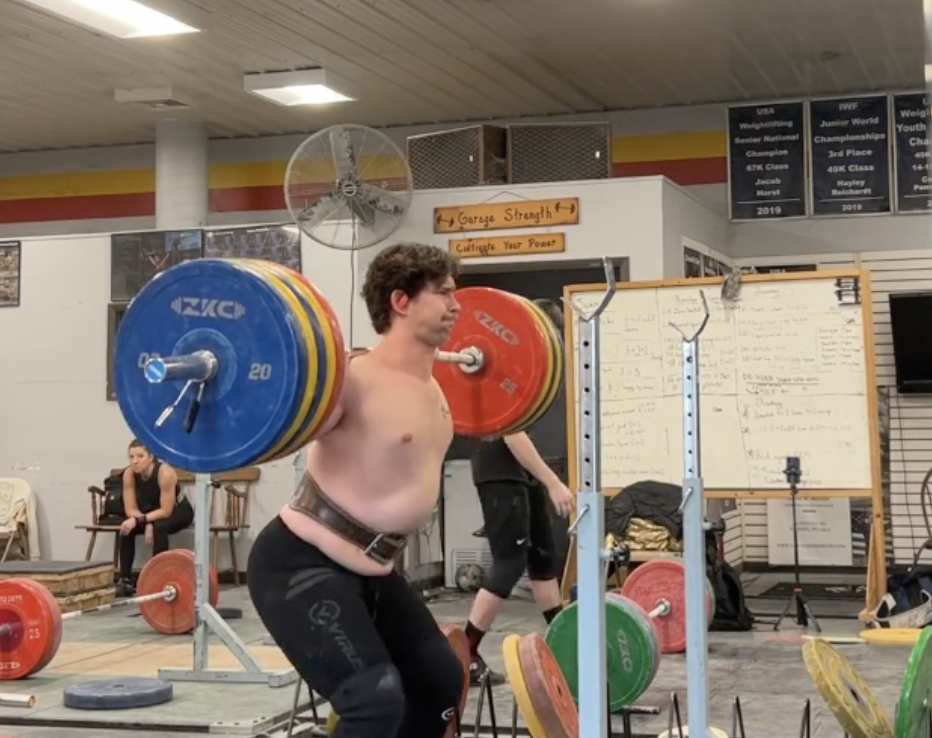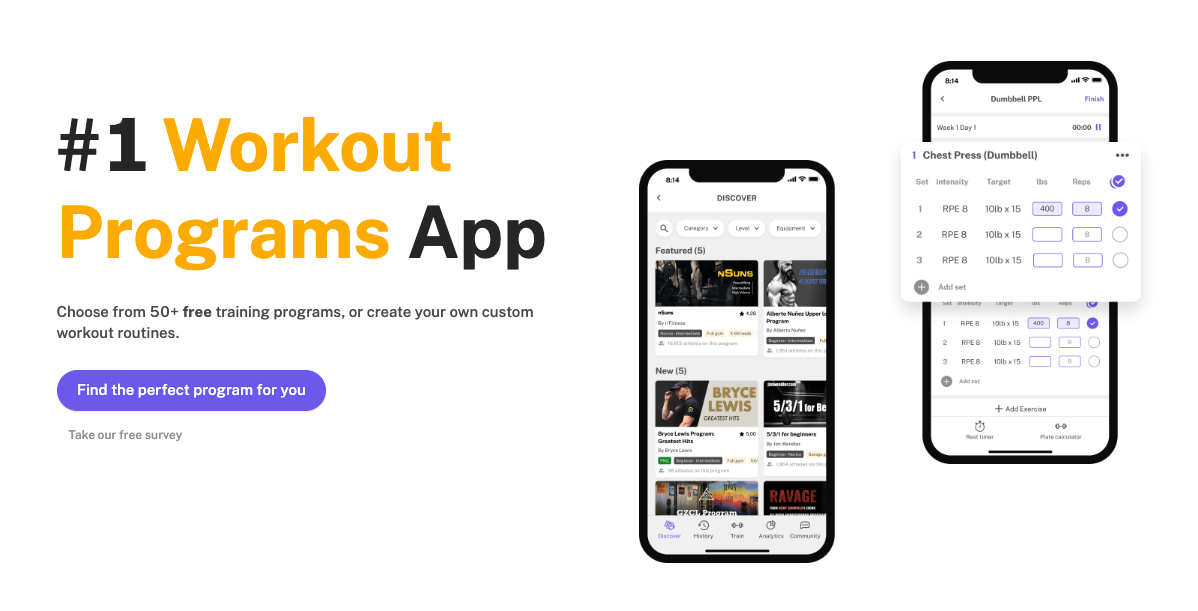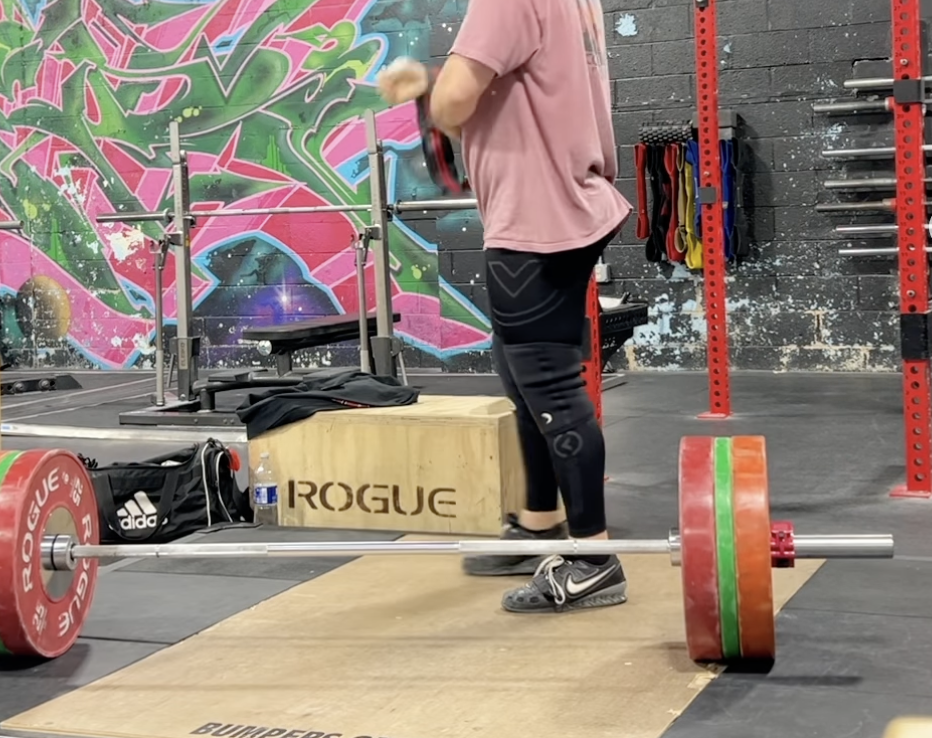High Volume vs. High Intensity Training
Written by The Boostcamp Editors
Is training with higher reps, or training to failure more efficient for your progress?
When it comes to building muscle and gaining strength, there are so many different workout programs and methodologies out there. Whether you are a powerlifter or bodybuilder, there typically are two very common training methods. These two popular methods are high volume, meaning lots of sets and reps, and high intensity, which entails less volume but sets will often go to or close to muscular failure. That being said, which is the more ideal method? High volume or high intensity? This was actually a topic that was lightly touched on during an episode of the Boostcamp Podcast, when Michael Liu sat down with Cody Lefever, the man behind the GZCL program.
Let’s break down exactly what each training method entails, and what would be better for your gains.
High Volume Explained

High volume training, depending on the level, is a popular training method that is used by athletes and bodybuilders alike. Now, many times they will be using different structures in terms of the programmes they follow, but high volume programs are common amongst fitness enthusiasts of all walks of life. A program based around high volume makes it a bit easier for the trainee to both increase muscle mass and lose body fat, as well as to adapt to a high lactic acid threshold, as the higher reps will build up more of this in the muscles.
While you often will see lifters doing 12 reps or below on each set, a high volume training program will often call for 15-20 reps per set. Then there will be about 3-4 sets per exercise, so you are getting a solid amount of work in each training session.
The Science of High Volume Training
High volume workouts will cause a bigger build up of lactic acid in the muscle, as they demand higher exertion, so there is limited oxygen going to the muscle. The working muscles anaerobically generate energy, and this energy comes from glucose through a process called glycolysis. Glycolysis is when glucose is broken down or metabolized into a substance called pyruvate. During periods of the body having plenty of oxygen, pyruvate is taken to an aerobic pathway to be further broken down for more energy.
Now, when oxygen is limited (such as when you are doing high volume training) the body will temporarily convert pyruvate into a substance called lactate (the burning sensation you get during exercise) which allows glucose breakdown as well as energy production to continue. The working muscle cells can continue this type of anaerobic energy production at high rates for anywhere from one to three minutes. During this one to three minute window, lactate can accumulate to high levels.
High Intensity Training Broken Down
High-intensity training (HIT) is the counter to high volume training, but do not get it confused with high-intensity interval training, as that is more for cardio workouts and requires the lifter to workout in short bursts. Anyway, HIT is a form of strength training popularized in the Golden Era of bodybuilding, the 1970s, by none other than Arthur Jones, the founder of Nautilus. This method of training was also used by other heavy duty bodybuilders, such as Mike Mentzer and Dorian Yates, who aside from being gigantic Mr. Olympia competitors, were also ridiculously strong.
The high intensity training method focuses on performing quality weight training repetitions to the point of momentary muscular failure. When performing high intensity training, the amount of weight, reps, and tension on the muscle is taken into account for the lifter. However, the repetitions often will not be nearly as high as high volume training. For example, Mike Mentzer and Dorian Yates rarely went beyond the range of 6-8 repetitions, but they would incorporate things like half reps and drop sets after reaching the point of muscular failure.
The Science of High Intensity Training
Now it may sound absolutely ridiculous to take your sets to muscular failure, but the idea behind it was that you are breaking the muscles down to the point where they physically cannot take anymore. Combine that with a proper recovery protocol, meaning diet, supplementation, and sleep schedules, and you will be making progress like never before.
With high intensity training, the lifter will also be spending less time in the gym. Not only will the be training less days a week, such as two days or three days, but there will be less sets to do as well. Typically a high intensity training program calls for no more than 2-3 sets per exercise.
Which Training Style is More Effective?

When it comes to which style of training is more effective, high intensity training or high volume, it comes down to a few things. First off you have to consider your goals, are you aiming for size or strength? Second, how often are you training? You cannot be doing high intensity training 5 days a week. Scientifically, there are several studies that have shown that high-intensity training is more beneficial for strength enhancement. That being said, if you are a powerlifter, Olympic Weightlifter, or Strongman, the high intensity style of training may be best for you.
On the flip side, high-volume training protocols have been found to be more for enhancing muscle hypertrophy.
Our verdict is that you need a mix of both high intensity and high volume. Personally, if you are looking to put on both size and strength, you need to train for both size and strength. That being said you will have the days where you are doing 4 sets of 12 on the barbell back squat, but then you will have the days that you are doing 3 sets till failure on the hack squat and the leg extensions to fry your quads. That goes for every body part, whether you are doing back or chest or shoulders and so on.
Finding a Good Workout Program
Now to find good programs for high intensity and high volume workouts, check out the free Boostcamp App. You can find tons of different workout routines that will truly push you to the limit, and they are made by renowned evidence-based coaches. Boostcamp also lets you create your own custom routines and log your progress, which is great for tracking your progress and making linear progression.
To maximize your gains and simplify your fitness journey, consider using Boostcamp, the last lifting app you'll ever need. Boostcamp helps you track your progress, offers customizable training programs, and provides expert guidance to ensure you get the most out of your chosen workout program whether it's linear push pull legs or upper lower or whatever you choose. There are also plenty of different programs styles to choose from such as push pull legs or upper lower splits. Start making the most of your workouts and download Boostcamp today!
Wrap Up
Overall, when it comes to high volume vs. high intensity workouts, these are two very different styles of training that bring their own benefits to the table. Now, to really maximize your strength and size, you should not be focusing on one or the other, but instead incorporate a mix of both. Which is where Boostcamp can help you.
Boostcamp has plenty of free programs that help with both strength and hypertrophy, be sure to check them out and follow Boostcamp on Instagram and subscribe on YouTube!


